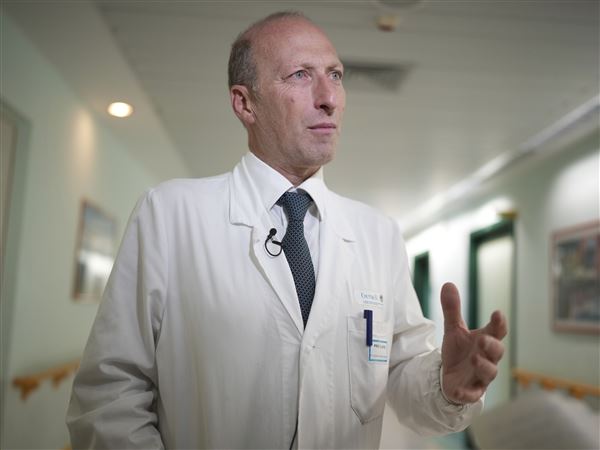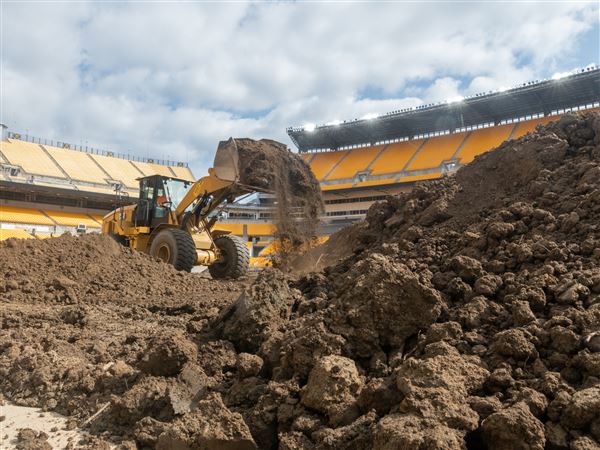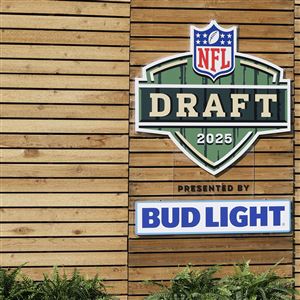Perhaps you didn’t know an American Truffle Revolution exists. But it does, and Robert Chang will attest to it.
He is the chief truffle officer of American Truffle Co. who will speak about the truffle revolution at the Western Pennsylvania Mushroom Club’s annual Gary Lincoff Mushroom Foray on Saturday in the Rose Barn at North Park in McCandless.
His company seeks to improve truffle growing through scientific process.
Mr. Chang had his first truffle encounter about 15 years ago during a two-year stint living in Europe. He visited an Italian trattoria in, of all places, the German city of Munich. Truffles were on the menu.
He had heard about truffles — “how much of a delicacy they are and how expensive they are” — but up to that point had never tried them. So he ordered the truffles in a simple preparation — tagliatelle pasta tossed with butter and topped with shaved truffles.
“It was love at first bite,” he said.
After coming back to the United States, he began wondering how hard it would be to grow them.
It turns out, traditionally, it has been quite hard. Mr. Chang said growers have historically faced a 98 percent failure rate. Truffles are finicky to grow, and the crop takes a long time — about five to seven years from the planting of the truffle-inoculated saplings.
Mr. Chang began searching for reliable truffle-growing science, but much of what he found was more myth than true scientific data. He found his exception in Paul Thomas, a British truffle scientist who had begun working with European truffle growers. They met at a London pub for a one-hour meeting that turned into four hours, and the scientist eventually asked Mr. Chang to become his business partner, leading truffle operations in North America.
Mr. Thomas works with truffle growers in 25 countries on four continents from Finland to Australia. In North America, the American Truffle Co.-affiliated growers located closest to Pittsburgh are in New Jersey and Appalachia, Mr. Chang said.
Both the men work hand-in-hand with growers. Scientific equipment in the orchards collect data about weather patterns and soil quality and transmit it to the American Truffle Co.’s offices in California.
Truffles grow along with the roots of certain trees, so tree saplings — usually oak or hazelnut — must be inoculated to grow truffles. The American Truffle Co. provides the inoculated saplings for growers and monitors growing conditions all the way through harvest. When the truffles are ready for harvest, they give off a distinct aroma. Truffle-sniffing dogs locate mature truffles, and then the orchardist can dig them up.
Mr. Chang says North America is poised for a truffle revolution because his company’s truffles can be shipped to restaurants in the continent within hours. Shipping truffles here from Europe typically takes a week, but truffles’ half-life is only about five days, so they lose quality when imported, Mr. Chang said. His company has a network established to facilitate direct shipping.
Mr. Chang anticipates his presentation at the mushroom club will appeal to potential growers as well as to restaurateurs and foodies. He is scheduled to speak at 12:30 p.m.
Other activities scheduled for Saturday’s Gary Lincoff Mushroom Foray include a presentation on mushroom collecting tips at 8:30 a.m., mushroom walks at 9 a.m., a lunch featuring mushroom soup at 11:30 a.m., afternoon classes and a 4:30 p.m. mushroom feast.
Cost for the day is $55 per person, which includes a year’s membership to the club. Students pay $15, and children ages 10 and under can attend for free. For information, go to wpamushroomclub.org.
Rebecca Sodergren: pgfoodevents@hotmail.com; @pgfoodevents.
First Published: September 13, 2017, 4:00 a.m.















